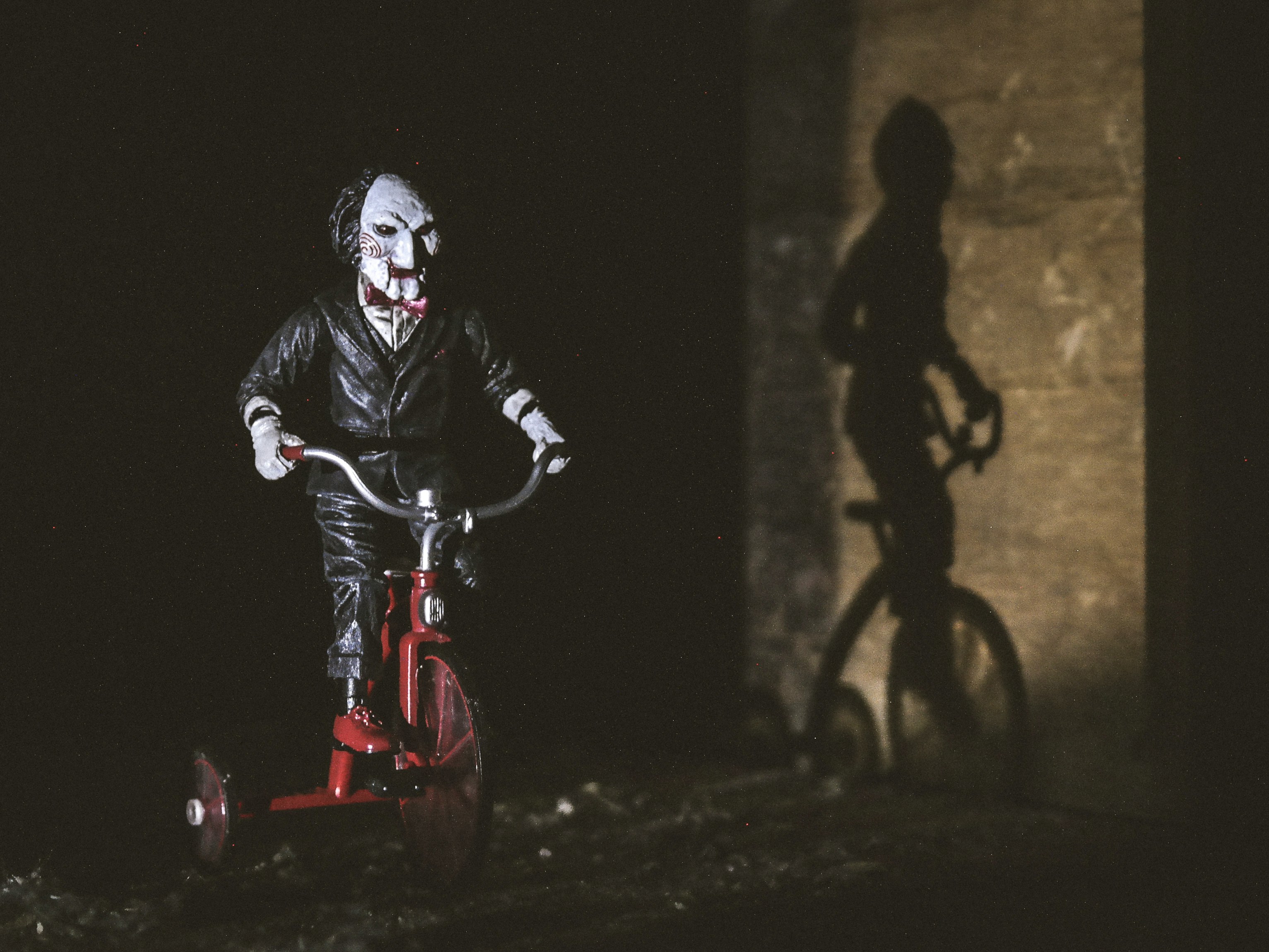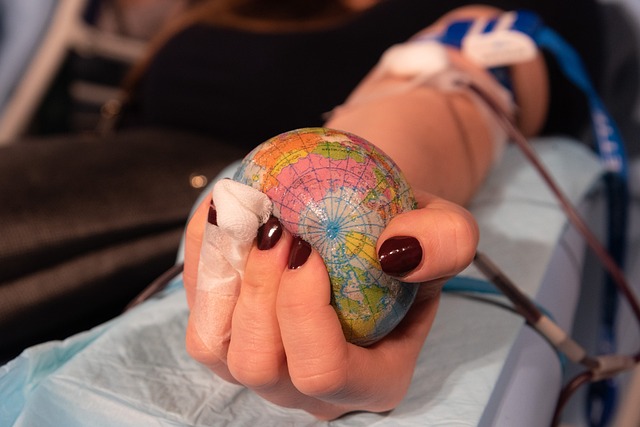Tapping into the Bizarre: The Unconventional Artistry of Horror-Inspired Puppetry
In the first few decades of the 21st century, an unusual artistic trend has emerged from the undergrounds of the arts and entertainment industry, catching the eye of critics and enthusiasts alike. This trend is the incorporation of horror elements into puppetry, an art form traditionally associated with children's entertainment. This article will delve into the origins, current developments, and cultural impact of this peculiar fusion.

An Unlikely Marriage: Horror and Puppetry
Puppetry, with its roots tracing back to the ancient civilizations of Egypt and Greece, has always been a medium for storytelling. The narratives often revolve around moral tales, religious stories, or comic relief, making puppet shows a staple in children’s entertainment. However, much like the emergence of dark cartoons, puppetry has evolved to cater to a more mature audience, incorporating elements of horror into its narratives.
The late 20th century saw the birth of this uncanny union, with puppetry-based horror films like “Puppet Master” and “Child’s Play” gaining cult status. These films were pivotal in showcasing the potential of puppets as a medium for horror, challenging conventional notions of puppetry.
Into the New Millennium: The Rise of Horror Puppetry
As we moved into the new millennium, horror puppetry began to infiltrate more mainstream entertainment. Television shows like “Courage the Cowardly Dog” and “Gravity Falls” flirted with horror themes, often using puppets as a medium for their dark narratives.
Moving away from the screen, horror puppetry has also found a niche in live performances. Puppeteers such as Ronnie Burkett and Basil Twist have made names for themselves by infusing their shows with elements of horror, creating a unique and captivating blend of entertainment.
The Impact: Ripples in the Industry
The incorporation of horror into puppetry has not only expanded the boundaries of the art form but also had a profound impact on the entertainment industry. It has opened up new avenues for creativity, inspiring filmmakers and performers to explore unconventional narratives and themes.
Moreover, it has also challenged the audience’s perception, encouraging them to see puppetry not just as a medium for children’s entertainment, but as a versatile art form capable of expressing a wide range of emotions and themes.
Current Developments: Horror Puppetry in Today’s Entertainment
Today, horror puppetry continues to thrive in various forms. It finds its way into popular culture through TV series, movies, and live performances. Puppeteers are continually pushing the boundaries, experimenting with styles, narratives, and techniques to keep the art form fresh and relevant.
In 2021, horror puppetry found its way into mainstream cinema with the release of “The Dark Crystal: Age of Resistance,” a prequel to the 1982 film “The Dark Crystal.” The show was praised for its dark themes and innovative puppetry, further cementing the place of horror puppetry in popular culture.
Looking Ahead: The Future of Horror Puppetry
As we look to the future, it’s clear that horror puppetry will continue to evolve and push the boundaries of what’s possible in the realm of puppetry. With its unique blend of horror and puppetry, it offers a fresh perspective on storytelling, challenging conventions, and engaging audiences in new and exciting ways.
While it may be unsettling for some, the creativity and fresh approach of horror puppetry make it a fascinating topic within the arts and entertainment industry. It’s a testament to the endless possibilities of artistic expression, proving that even the most traditional forms of art can adapt, evolve, and surprise us in the most unexpected ways.
In conclusion, the emergence of horror puppetry is a testament to the limitless boundaries of artistic expression. Its fascinating blend of horror and puppetry offers a unique form of entertainment that challenges traditional norms and captivates audiences worldwide. Its rise in popularity and impact on the industry serves as a reminder of the power of creativity and the ever-evolving nature of art.




